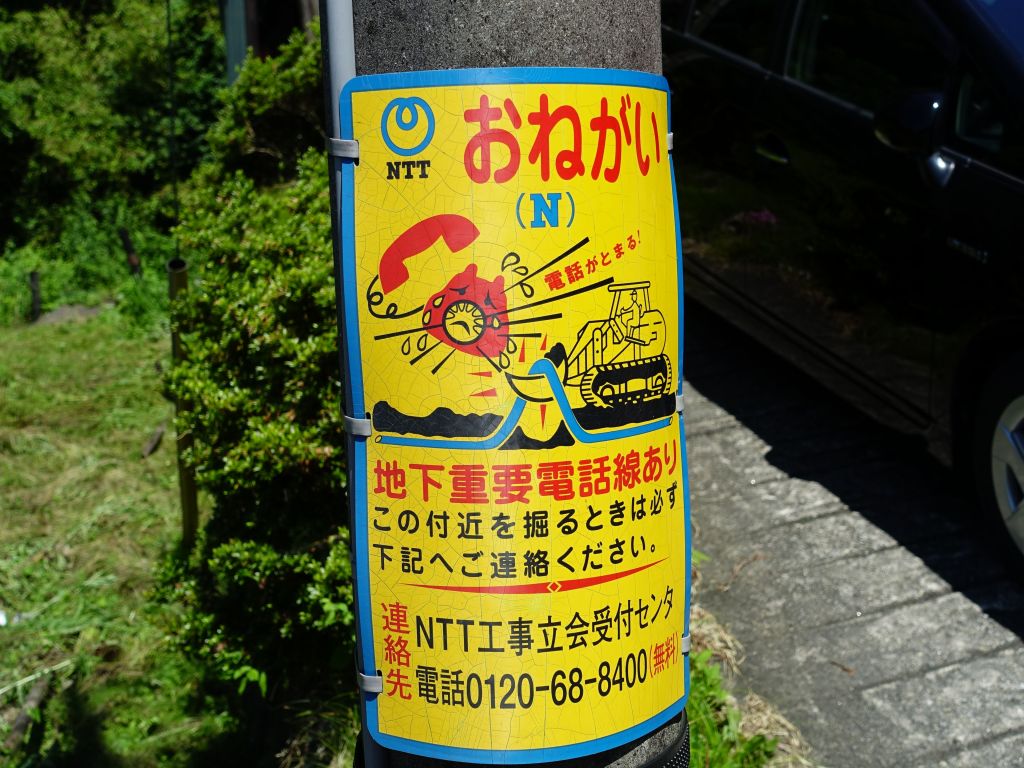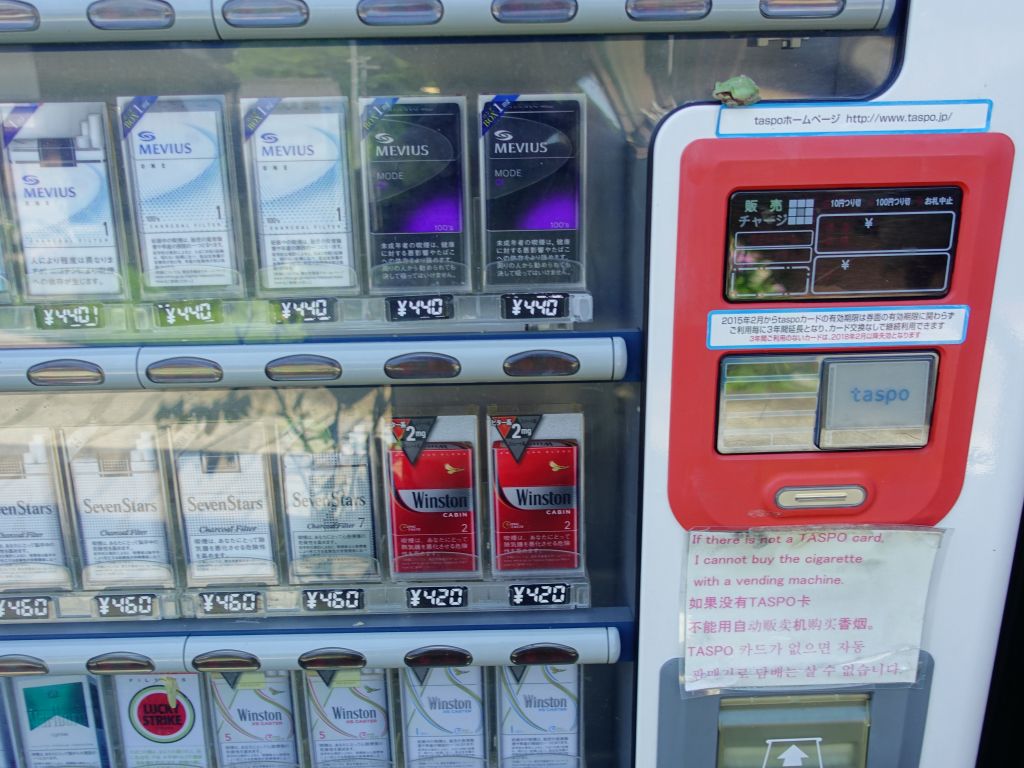| |
π
2016-07-27 00:00
in Japan, Japan2016, Ntrips, Trips
|
This trip to Japan was the 5th one for me, and 4th yearly trip in the last 4 years. By now, we've seen a fair bit of Japan, even if there is more to see still, but at least I feel like we've gotten a good overview, from Yonaguni, to Okinawa, Hiroshima, Osaka, and all the way to Aomori which I saw 20 years ago, along with Hakodate, and Sapporo.
As for how this trip went:
Weather was hot and sticky/wet as expected, but we didn't get too much rain, it was just humid most of the time (and thankfully or not, after going to Singapore, Japan summer didn't feel _that_ uncomfortable)
We got super lucky with the weather when we did the Japan Alpen route. While in hindsight we should have spent all our time at the top and done more hikes there, it was still a great day
We got to stay in 3 ryokans, and while they were all different, we enjoyed them all. Not surprisingly, the one in takayama was the most authentic.
Seeing 3 different (and big) summer festivals in Kyoto, Hiroshima, and Osaka in fewer than 2 weeks, was a real treat, and we managed to get good viewing for all of them (except for the fireworks at Osaka). Advance planning definitely helped.
My week+ of advance planning yielded good results. Most everything we saw was well worth it, and the timing worked pretty well almost everywhere. There is only a complicated (and confusing) train connection we apparently missed between tateyama and takayama, costing us 1H, and for the rest, everything worked great. We did have to take a couple of Nozomis even though they were not part of our JR pass, mostly because I was not willing to needlessly arrive 1H later with an allowed train. This did mean we used non reserved seats on most trains, but because we were taking them from their first stop, getting a seat was not a problem.
Probably the only thing we could have done was spend one more hour in Shirakawago which was a bit rushed in 2H, but the bus schedules made it difficult to do otherwise, and I was happy not to have to worry about driving.
Speaking of driving, we ended up using many more cabs this time, but they did save us multiple hours of waiting for non frequent busses, and were well worth the money. In Takayama specifically, using taxis to go to the far away museums worked great, although in Tsumago, we almost missed our train because there were no taxis at the taxi stand and had to find a local to go call one for us.
As always, we've met many nice and helpful Japanese people, including some very nice good will guides (typically retired people who enjoy spending time out with foreigners to share their culture and practise their English). Thanks to them, we had guided tours at the Matsumoto Castle, Kanazawa Castle, a half day tour of Kanazawa, and a guided tour of the Hiroshima Peace Museum.
It was great to have been able to see more of Central Japan like Tsumago-Magome, Takayama, and Shrakawago, as well as hike to the top of Tateyama (3003m) during our traverse of the Japanese Alps.
This was also our first time with the chance to see Japanese Festivals during the summer season, and we got lucky to be able to see 3 of them:
Gion Matsuri in Kyoto (impressive, but many many people)
Hiroshima Fireworks on my birthday (we got lucky to find a good viewing spot without too many people and a very good view)
Osaka Teijin Festival (not too busy during the day, but super packed in the evening, we barely got to see the fireworks)
On the lowlights:
The JR pass continuing stupidity in restricting all nozomi trains makes no sense. Worst case you pay a surcharge to get on one, and require reserved seats so that you don't displace commuters in unreserved seat cars. We ended up taking a few nozomis anyway, because in some places the "legal" train only came once an hour, and was of course slower once you were on it. In other places, if you were lucky, like the Sakura from Hiroshima to Osaka, runs every 30mn (still not enough, but better) and travels as fast as the Nozomi you're not supposed to take. In our case, but random luck we were able to get on that Sakura, but otherwise I definitely would have taken the next Nozomi (we barely arrived in Osaka on time for the Tejin Matsuri as is)
Our guide in Hiroshima pointed out when I asked him that sadly the still current conservative government tends to ensure that a pro-japanese view of history is shown in museums and textbooks (although apparently the teacher union is able to fight that somehow). I think many countries (including my own) have done bad thins in their past, but I think each developed country has a duty to recognize its past mistakes and remember them as a way to not make the same mistakes again.
But definitely a low light was some of what written in the Yūshūkan War museum by Yasukuni Shrine. Making excuses for the nanking massacre where over 200,000 non fighting Chinese were killed and calling it the "Nanking campaign" with explanation why a few civilians were killed (alledgely because they were soldiers hiding as civilians) is definitely shameful to say the least. Thankfully most Japanese people I talked to, do not agree with what's in that Museum. Since it's state sponsored, hopefully enough people will eventually be able to vote for a government that will not give such an untrue and offensive image of part of Japanese's history (SEALDs is such a group|http://sealdseng.strikingly.com/]). Other countries would be much less upset if Japan simply recognized where it has done wrong, apologized for it, and moved on, like many other countries have done. Hopefully this will happen in some not to distant future.
The last one is a persisting annoyance: too many museums, or even castles, do not allow taking pictures inside them.
Obviously I still believe virtually all the Japanese people I've met are good people who ask for nothing more than being helpful, and work with an honor code that many countries could learn from. Japan is not perfect, no country is, but all in all, I still think they're doing quite well, and it was a pleasure to be able to see more places we hadn't had the chance to visit so far.
I'll end with more funny signs I found:




poor phone, it looks very sad if you're about to cut its line :)

fish is sad

even the aluminum can is sad :)

the onsen guides make sense, but they're funny :)
Oh, and turns out it's also legal for cars to watch TV while driving. Mmmh, not sure how I feel about that, especially in a taxi:

Also, I feel better seeing that the cigarette vending machines now require a card that proves that you're not a minor:

'till next time.
Actually, not quite, I'll quote a summary of Japan I found and that was written by someone else. I found it pretty accurate:
On the upside:
People are nice to each other.
People are considerate and avoid littering and other things that could inconvenience others.
Rules are generally followed, crime rate is low.
High standards and work ethics in public and private services.
On the downside:
There is little questioning of rules and authority, which quickly lead to horribly corrupt political systems and abuses of authority. I know everyone in the west is aware of the ways their politics is corrupt, but what's going on in Japan and Korea is multitudes worse, and there is shocklingly little investigation or public interest.
It's a very strict and inflexible system that does not deal well with social change, outsiders, or deviations, no matter the reason.
It leads to ridiculous standards that remain unquestioned no matter how bad they are. Hence the often terrible working conditions and extreme suicide rates. Discrimination and a horrible prison system are also consequences.
It promotes a lack of self-confidence, initiative, leadership, and general creativity. While there naturally are inviduals who have all of these traits, western teachers going to Japan are often shocked by how rare they are.
There is a certain level of deceit in that kindness. In Japan they call it Tatemae, which could literally be understood as "facade" ("built front") but it's often translated as "public face" or "public position". In essence, holding back everything that could be considered rude or negative, and putting criticisms extremely indirectly. It can be *really* frustrating to deal with and very unproductive. It's probably the number one complaint amongst westeners who lived some time in Japan.
I hope that Japanese people can keep their traits that make everyone love their kindness, willingness to help, and do the right thing, while growing past some limitations that are making their lives less enjoyable (working too much, being stressed due to not being able to communicate some problems and holding them back, some artificial rules that don't make sense that no one dares question or reconsider). |
|